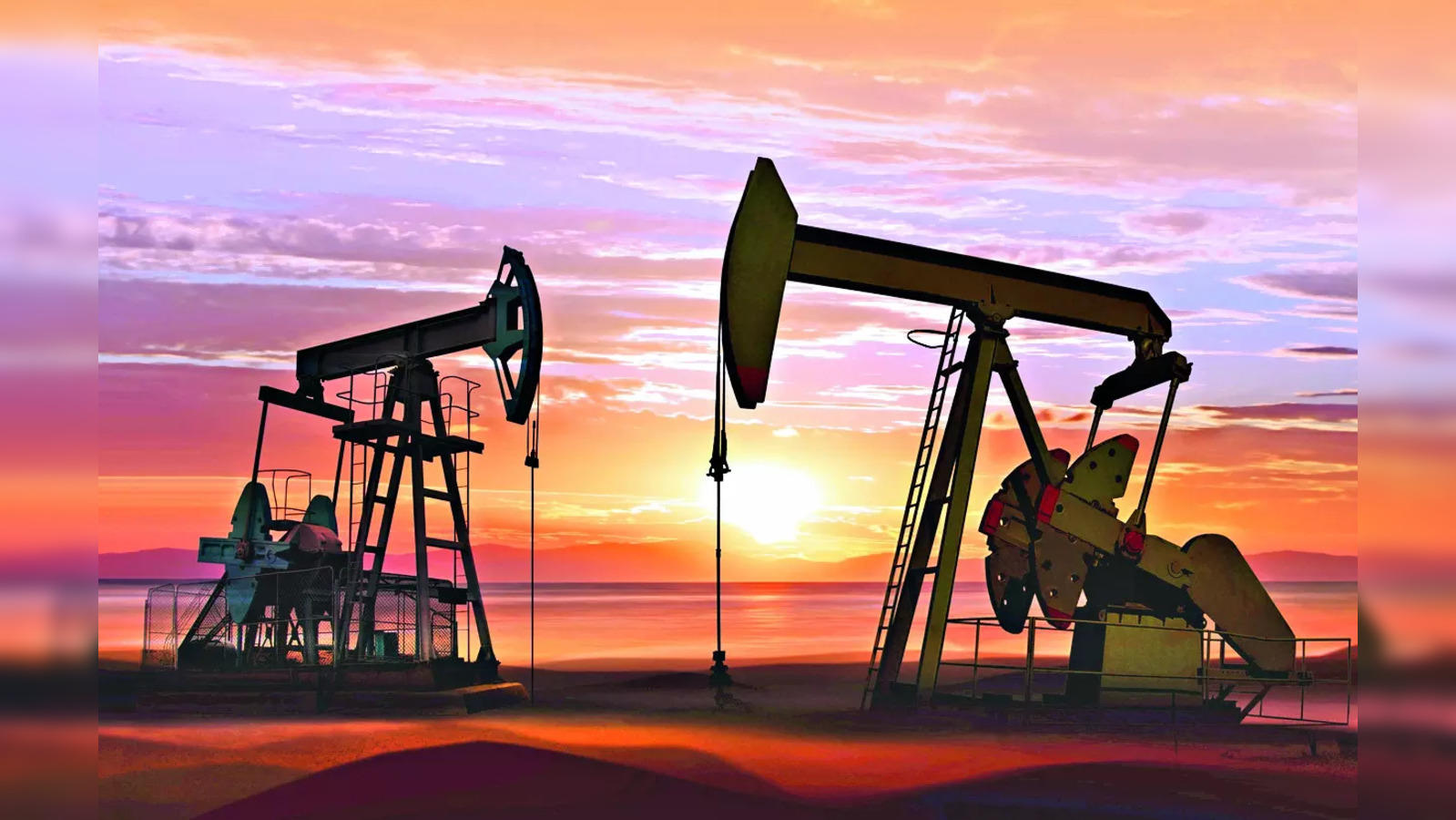Introduction:
The article discusses a US Energy Information Administration (EIA) prediction that crude oil prices will average $83/barrel during 2024, down from current levels near $76/barrel.
Analysis for a Layman:
The EIA believes oil prices will average $83 per barrel next year. Prices recently dropped on worries about weak global demand for oil and fuels. But the EIA thinks planned production cuts by major oil exporting countries in a group called OPEC+ will prevent too much new oil from being produced. This should stop oil prices from falling further despite the weaker demand growth they expect. The EIA is lowering its previous forecast of $93 per barrel for 2024 though. India imports most of its oil so lower prices help reduce the cost of fuels and reduce the amount of foreign currency India pays.
Original Analysis:
The downward revision of the 2024 oil price outlook highlights expectations for substantial demand destruction amidst global economic weakness. However, coordinated supply cuts led by OPEC+ will likely prevent prolonged periods of oil trading below the marginal cost of production which is around $70-80/barrel for most operators globally. While positive for producer country fiscal budgets, persistent $80+ oil prices will constrain consumer discretionary spending and extend inflationary pressures that are undermining growth.

Impact on Retail Investors:
For Indian retail investors, the potential for lower but rangebound crude prices in 2024 provides earnings visibility for domestic oil marketing companies like IOCL, BPCL, and HPCL. Their marketing margins can improve at reduced working capital needs if crude stays under $85. city gas distributors like Indraprastha Gas and Mahanagar Gas also see upside from lower input costs. Logistics players will benefit from stable fuel expenses, hence stocks like TCI Express, Mahindra Logistics, and Container Corp become defensive bets. Consumers seeing persistently high oil prices above $80 however face discretionary spending headwinds, so auto and hospitality demand may still struggle.
Impact on Industries:
Sustained $80+ oil is positive for producers like ONGC but challenging for Indian refiners like Reliance Industries who may face downstream demand issues both domestically and for exported fuel products. Lower crude prices help reduce working capital burden for capital-intensive sectors like aviation. But widespread cost-push inflation and potential demand destruction from still elevated oil continue to negatively impact most industries outside commodities. Domestically, state oil companies retain pricing powers so earnings upside is captured with limited FX or inflation relief for the broader economy.
Long Term Benefits and Negatives:
In the longer term, expectations of lackluster crude demand growth and limited upside pricing potential signals gradual peaking of oil consumption globally. With most incremental capacity additions coming from short-cycle shale/tight oil, markets may struggle to balance above $80 over a 5+ year horizon. This would aid India’s import bill and current account deficit. But moderated oil revenues for producer economies highlight risks of persistent geopolitical tensions as they compete for market share. Prolonged high prices also accelerate global energy transition efforts that could undermine oil’s pricing power and size over the next decade.
Short Term Benefits and Negatives:
In the short run, crude finding a floor around $80-85 in 2024 despite faltering demand provides some revenue visibility for E&P majors and producing countries. It enables more stable budgeting and investment planning. However, consistently elevated oil prices reinforce inflationary pressures and circular impacts on growth, especially for emerging markets like India with limited subsidies. Persistently high oil prices also encourage short-cycle production in US shale that prevents markets from balancing through natural declines.
Companies That May Gain:
- Indian Oil Corporation
- Bharat Petroleum Corporation
- Hindustan Petroleum Corporation
- Indraprastha Gas Limited
- Mahanagar Gas Limited
- TCI Express
- Mahindra Logistics
- Container Corp
Companies That May Lose:
- InterGlobe Aviation Ltd
- Indian Hotels Company Ltd
- Delta Corp Limited
- Airlines Companies (Losing discretionary travel)
- Automobile Companies (seeing deferred vehicle purchases)
Conclusion:
The latest EIA forecast highlights the balancing act oil markets face between supply management by OPEC+ and demand side concerns. While lower prices benefit India, sustained $80+ crude continues to stifle growth and discretionary consumption.
Citation:
Choudhary, Sanjeev. “EIA: Crude Prices Likely to Stay Around $83 per Barrel in 2024.” The Economic Times, 14 Dec.